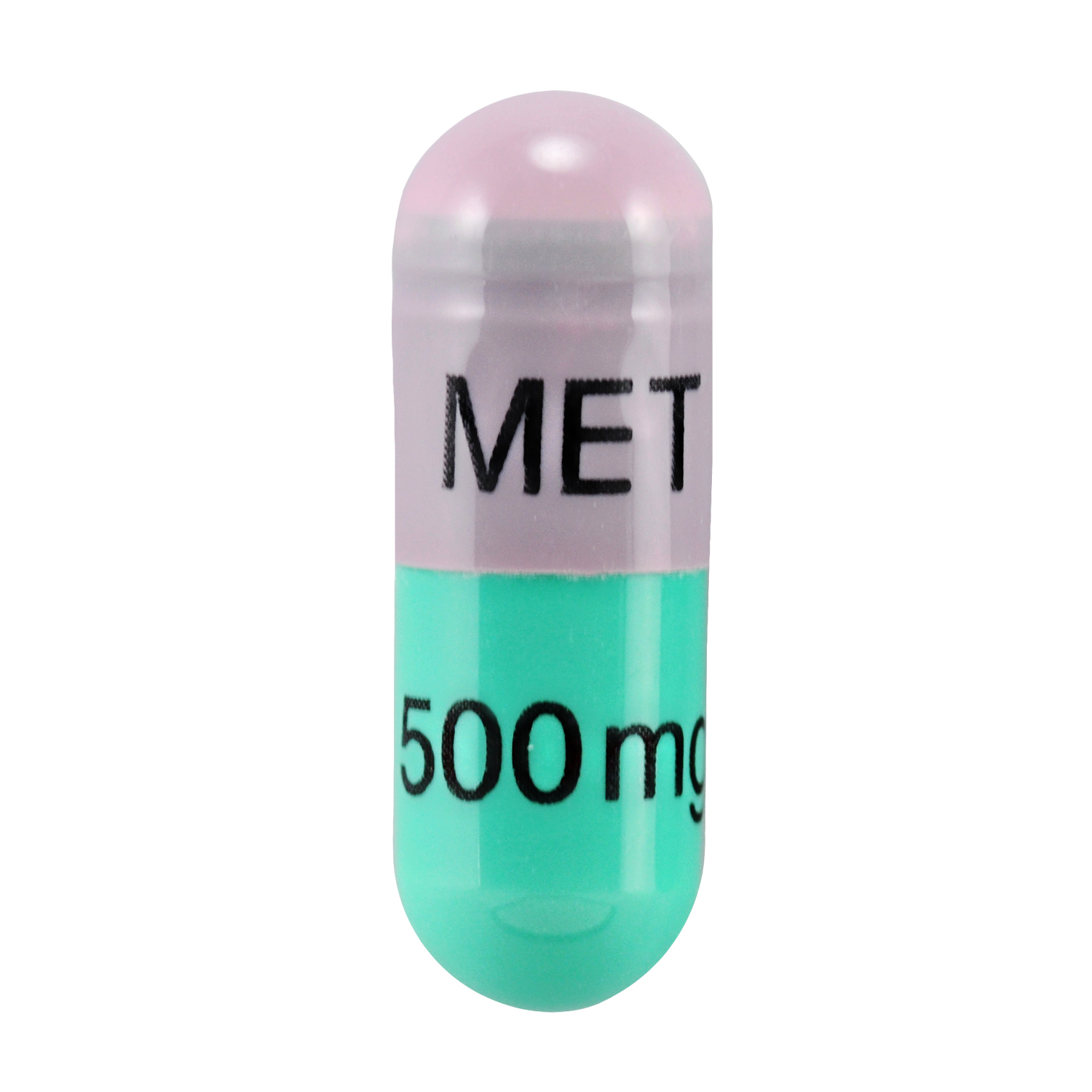Removing moles safely is a concern for many individuals, given the aesthetic and health implications of mole removal. Before undergoing any procedure, it’s crucial to understand the different types of moles, the reasons for removal, and the various methods available. This comprehensive guide aims to provide expert-level information on safely removing moles, addressing various aspects of the process to ensure that readers are well-informed and prepared for their decision.
Understanding Moles
Moles, also known as melanocytic nevi, are common skin growths that can appear anywhere on the body. They are usually brown or black and can be flat or raised. Most moles are benign (non-cancerous) and appear in the first few decades of life. However, it’s essential to monitor moles for any signs of change, as they can, in rare cases, develop into melanoma, a type of skin cancer.
Reasons for Removal
While many moles are harmless, there are several reasons why someone might choose to have a mole removed. These include:
- Cosmetic Reasons: Moles can be unsightly, especially if they are located in conspicuous areas such as the face or neck.
- Skin Irritation: In some cases, clothing or jewelry can irritate a mole, leading to discomfort or even infection.
- Suspicion of Cancer: If a mole exhibits characteristics of melanoma, such as asymmetry, irregular borders, color variation, diameter larger than 6mm, or evolution over time (the ABCDE rule), removal for biopsy is necessary.
Methods of Mole Removal
There are several methods for removing moles, each with its indications, benefits, and potential risks. The choice of method depends on the size, location, and type of mole, as well as the individual’s skin type and personal preferences.
Surgical Excision: This is the most common method for removing moles. It involves numbing the area with a local anesthetic and then surgically removing the mole. The wound is typically closed with stitches. This method is preferred for moles that are suspected to be cancerous or if the mole is deep within the skin.
Shave Removal: For moles that are raised above the skin, a doctor might use a special tool to shave the mole off. This method is less invasive than surgical excision but might require a repeat procedure if the mole grows back.
Laser Removal: Laser removal is best for moles that are flat and not too dark. It works by breaking up the pigment in the mole, allowing the body to absorb it. This method can require multiple sessions and might not be as effective for everyone.
Freezing (Cryotherapy): This method involves using liquid nitrogen to freeze the mole, which eventually falls off. It’s less commonly used for moles but can be effective for certain growths.
Aftercare and Potential Risks
After mole removal, it’s crucial to follow the doctor’s aftercare instructions to minimize the risk of complications. This typically includes keeping the wound clean, applying topical creams, and protecting the area from the sun.
While generally safe, mole removal can pose some risks, such as infection, scarring, and changes in skin pigment. The risk of these complications can be minimized by choosing an experienced dermatologist or surgeon and adhering strictly to their post-procedure advice.
Choosing the Right Professional
For safe and effective mole removal, it’s vital to consult with a qualified healthcare professional. Dermatologists and plastic surgeons are typically the best options, given their specialized training in skin procedures. During your consultation, discuss your concerns, the methods available, potential outcomes, and the costs involved.
FAQ Section
How do I know if a mole is cancerous?
+To assess if a mole could be cancerous, remember the ABCDE rule: Asymmetry, Border irregularity, Color variation, Diameter larger than 6mm, and Evolution over time. If you notice any of these changes, consult a dermatologist.
Is mole removal painful?
+Most mole removal procedures are performed under local anesthesia, which numbs the area around the mole. You might feel a slight pinch when the anesthetic is administered, but the procedure itself should be relatively painless.
How long does it take to recover from mole removal?
+Recovery time varies depending on the removal method. For surgical excision, it may take a few weeks for the wound to heal completely. During this time, it's essential to follow your doctor's instructions to ensure proper healing and minimize scarring.
Can moles grow back after removal?
+Yes, there is a possibility that a mole can grow back after removal, especially if it was removed by shaving or laser treatment. The likelihood of regrowth can be discussed with your doctor, who may recommend follow-up appointments to monitor the area.
How much does mole removal cost?
+The cost of mole removal can vary widely depending on the method, the size and location of the mole, and the professional's fees. It's best to consult with a healthcare provider for a more accurate quote. Some medical insurance plans may cover part or all of the procedure if it's deemed medically necessary.
Conclusion
Mole removal is a common procedure that can be undertaken for cosmetic, health, or preventative reasons. By understanding the reasons for removal, the available methods, and the importance of post-procedure care, individuals can make informed decisions about their skin health. Always consult with a qualified healthcare professional to discuss the best options for your specific needs and to ensure that the removal is done safely and effectively.



